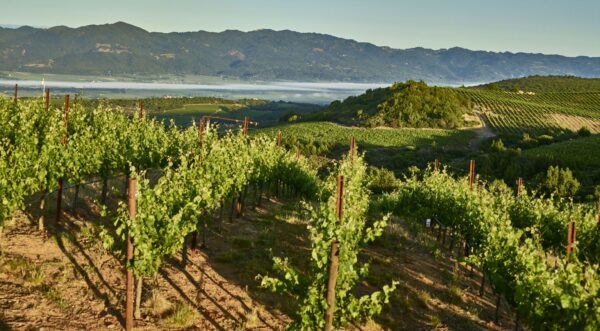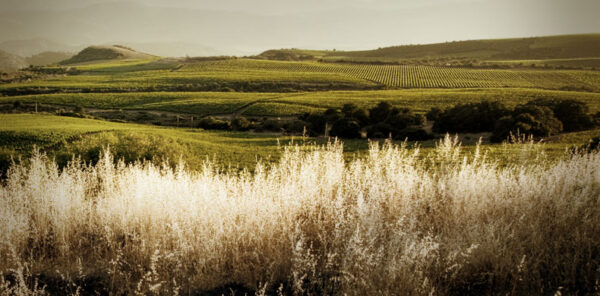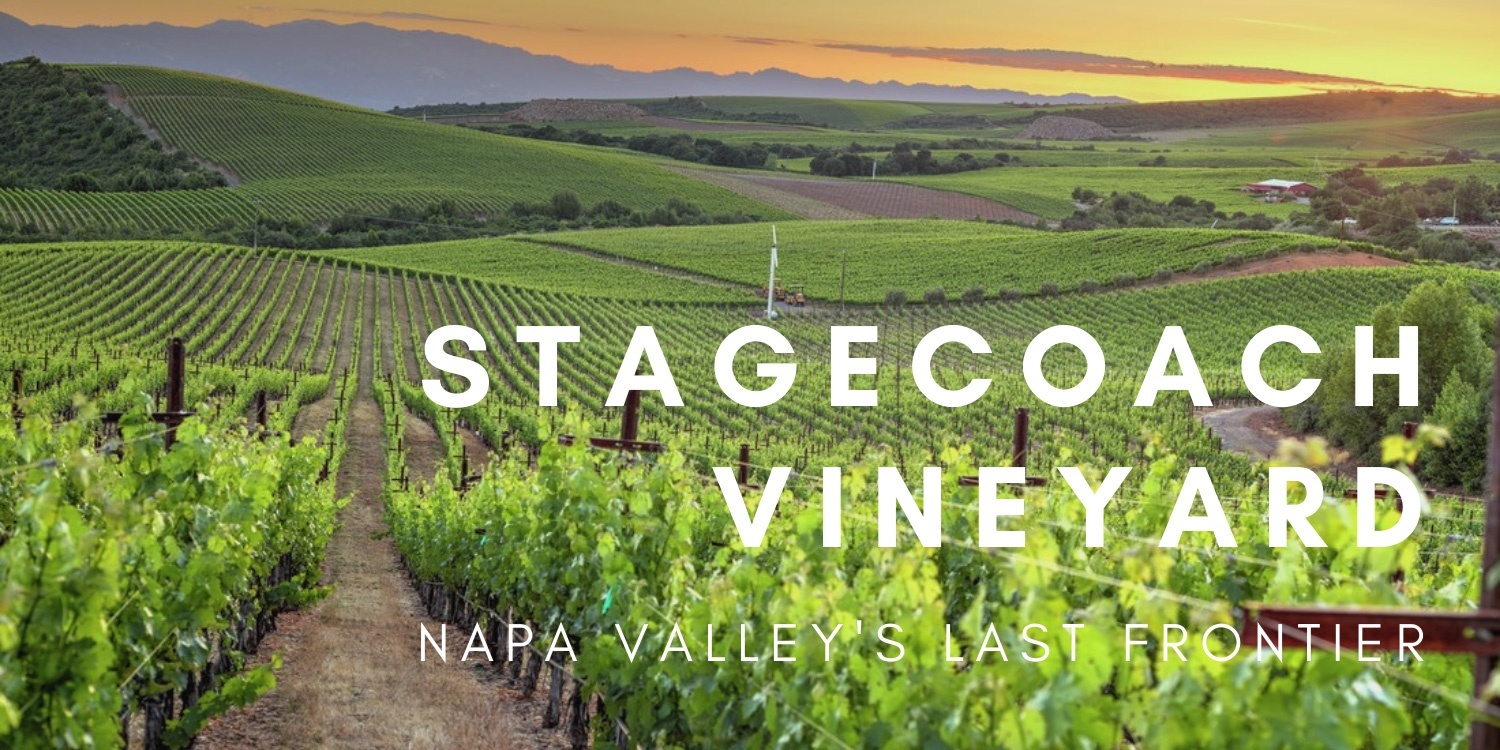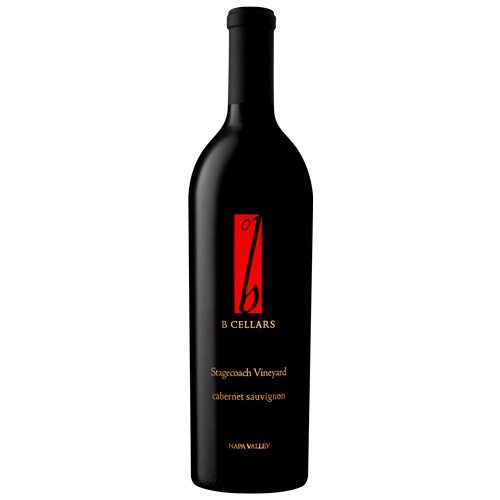A Napa Valley Benchmark
Drive south from B Cellars along the Silverado Trail, turn left at the Soda Canyon Store, and start to climb Soda Canyon Road…and continue to climb and climb and climb. The road turns rough and then rougher, steep, and then steeper still. The rocky landscape and chaparral of the Vacas Mountains appear unforgiving to all but the hardiest plant life. And then you enter into the Stagecoach Vineyard.
With 600 acres under vine, divided into 200 individual vineyard blocks with 16 varietals, Stagecoach is almost more like a viticultural appellation than a single vineyard. And it is a winemaker’s delight, with an array of aspects, soil types, and altitudes combining to create flavor profiles that have helped define the category loosely described as “mountain fruit.” All of this is managed to perfection, with each individual block treated with a specific growing plan suited to coax maximum flavor and structure from the soil and the vines.
Sitting atop Atlas Peak 1800 feet above the valley floor, Stagecoach Vineyard is a remarkable property that has earned its reputation as a source of fruit for some of Napa Valley’s best wines. The rich history of the property includes famous bandits, prohibition, witches, impossible dreams, and of course, world-class wines. It is also one of the most complex and meticulously planted and farmed vineyards in existence. In fact, with over 600 acres planted, it is the largest contiguous vineyard in the Napa Valley. Following a 7 year, seemingly impossible excavation of over 1 BILLION pounds of volcanic rock, Stagecoach Vineyard has been providing some of the most unique and diverse selections of Cabernet Sauvignon to wineries throughout the Napa Valley. B Cellars is proud to hold a place in the storied history of this vineyard.


“Extreme Terroir”
B Cellars celebrates the diverse terroir of the Napa Valley, making wines that express the unique characteristics of each vineyard. Stagecoach Vineyard’s self-described “extreme terroir” is a perfect example of that celebration.
2021 Stagecoach Vineyard Cabernet Sauvignon
A true mountainside Cabernet Sauvignon, with full concentrated fruit flavors and strict tannic structure. Opens with an expressive nose of pekoe tea, dried mushroom, and espresso roast and hints of blood orange and graphite. The palate is seamless from the explosion of dark fruits on the front through the finish of cigar box, cedar, and dried olives. The intensity of the palate is carried by a surprisingly bright acidity providing tension that is answered with expansive tannins that fill the mouth and linger.
2021 Stagecoach Vineyard Sangiovese
Of the 600 acres planted to 16 different wine grape varietals, a mere 2.49 acres are planted to the noble Sangiovese. The soils are rocky, red, and volcanic in nature, and the vines drill deep into the hillside, nutrient-depleted soils, producing great concentration, color, and structure. This historic vineyard is well known for producing classic and powerful “mountain fruit” wines, and the Sangiovese is no exception.
Orientation
The slopes and heights of Stagecoach look out toward its Atlas Peak and Pritchard Hill neighbors. These storied Napa Valley addresses, along with the eastern reaches of Oakville above the Silverado Trail, are all part of the Vacas Mountains – older, drier, and more extreme than the Napa Valley floor below and the Mayacamas Mountains to the west.
Aspect
Stagecoach Vineyard slopes are by and large exposed to the south. At this elevation, the southernly exposure creates a unique combination of factors. On the one hand, the vines gain maximum daily sun exposure with little fog cover. On the other hand, the slopes are also exposed to frequent cool air masses being pulled in from the San Pablo Bay, keeping the vines at a more consistent temperature and mitigating the late afternoon spikes that can occur in less exposed areas.
Soils
The Vacas Mountains define the eastern wall of the Napa Valley, separating it from the harsher climates and higher heat loads that build up in the interior valleys while also collecting the cooler elements of the Bay climate within the Napa Valley. These mountains are older than the Mayacamas in the west. The soils left are ancient and rocky. They collect and reflect heat and drive vines to grow deep root systems.
Mountainside Climate
Above the Valley floor, cooler air masses collect in the evenings and throughout the nighttime and drain down the slopes to collect on the Valley floor. Morning, marine fogs which tend to drift up the Valley typically stay low to the ground, leaving the mountainsides open to the warmth from the morning sun. Mountainside vineyards like Stagecoach tend to be warmer than the Valley floor during the cooler parts of the day and tend to have more sunlight hours.






Leave A Comment